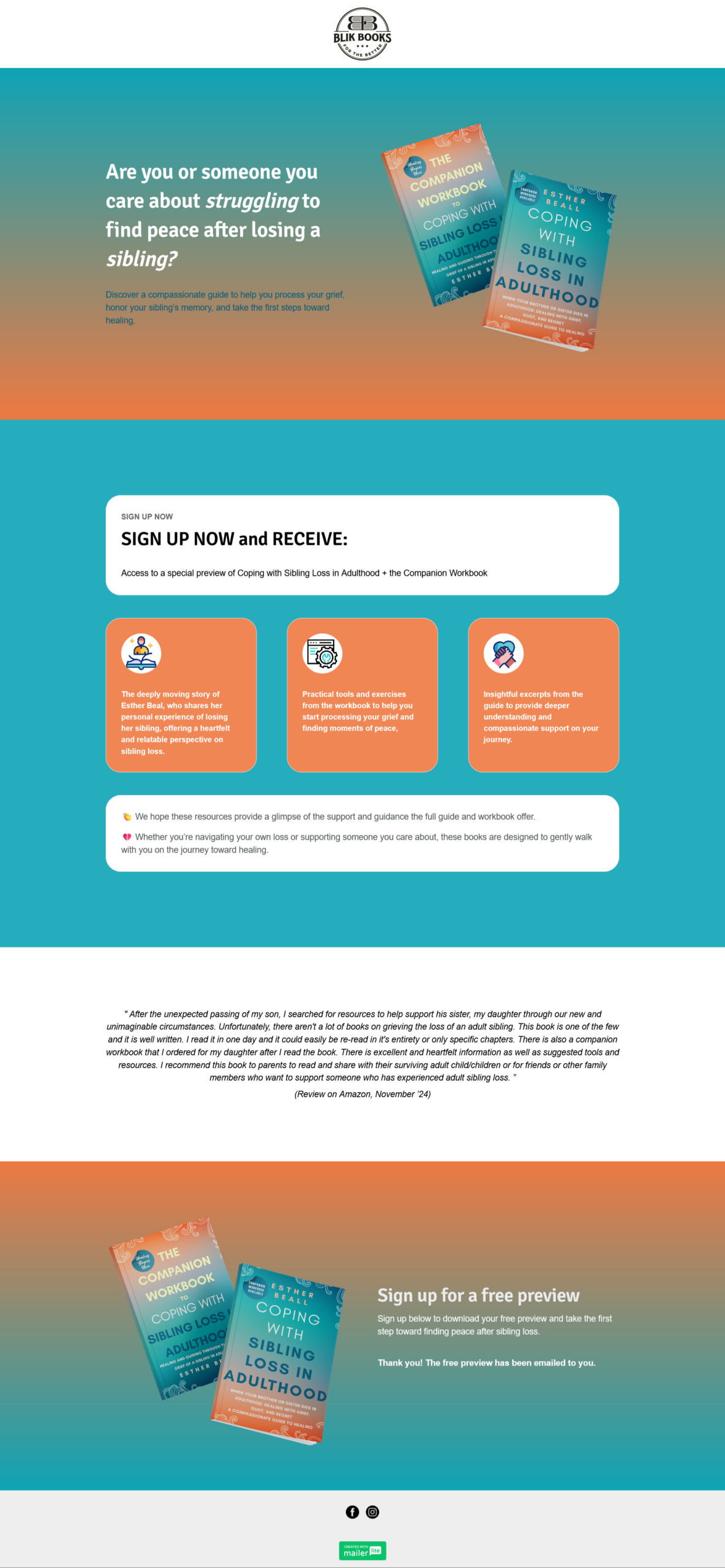Your website serves as your company’s storefront, sales team, and customer service representative—all rolled into one. While most businesses understand the importance of creating an attractive, functional website initially, many fail to recognize the ongoing commitment required to maintain it. This oversight can lead to devastating consequences that extend far beyond simple technical glitches.
Website maintenance isn’t just about keeping your site running—it’s about protecting your revenue, safeguarding your reputation, and ensuring your digital presence continues to drive business growth. The costs of neglect are often hidden, accruing gradually until they manifest as major business disruptions. Let’s examine these risks in detail and explore how regular maintenance serves as both shield and strategic advantage.
1. Security Vulnerabilities: The Ticking Time Bomb
The Risks of Outdated Components
Every day, cybercriminals scan millions of websites looking for vulnerabilities in:
- CMS platforms (WordPress, Drupal, etc.)
- Plugins and extensions
- Server software
- Third-party integrations
When updates contain security patches and you delay implementing them, you’re essentially leaving your digital doors unlocked. The 2023 Web Application Attack Report showed that 60% of breached websites were running software with known, unpatched vulnerabilities.
The Domino Effect of Security Breaches
A single breach can trigger:
- Data theft: Customer information, payment details, proprietary business data
- Ransomware attacks: Where hackers hold your site hostage
- Malware distribution: Your site unknowingly infecting visitors
- SEO poisoning: Hackers using your site for black hat SEO campaigns
The True Cost of Compromise
Beyond immediate repair costs, breaches lead to:
- Regulatory fines: GDPR violations can reach €20 million or 4% of global revenue
- Legal liabilities: Customer lawsuits over data exposure
- Reputation damage: 85% of consumers say they won’t do business with a company after a breach
- Blacklisting: Search engines and browsers warning users away from your site
Maintenance Solutions
A robust maintenance plan includes:
- Weekly security scans using tools like Sucuri or Wordfence
- Immediate application of security patches
- Regular audits of user permissions and access controls
- Automated backups with off-site storage
- SSL certificate monitoring and renewal
2. User Experience Erosion: The Silent Sales Killer
How Neglect Manifests for Users
An unmaintained website gradually develops:
- Broken links (404 errors frustrate 55% of visitors)
- Performance decay (pages loading slower than 3 seconds lose 53% of visitors)
- Mobile rendering issues (61% of users won’t return to a mobile-unfriendly site)
- Outdated content (creating distrust and confusion)
The Business Impact
These issues create a ripple effect:
- Increased bounce rates → Lower conversion rates
- Poor mobile experience → Lost mobile revenue (now 58% of all e-commerce)
- Frustrated users → Negative brand perception
- Broken forms/checkouts → Abandoned carts and lost leads
Maintenance Solutions
Prevent these issues with:
- Monthly broken link checks using Screaming Frog
- Quarterly user experience audits
- Regular speed optimization (image compression, caching)
- Bi-weekly content reviews for accuracy
- Continuous mobile responsiveness testing
3. SEO Decline: The Organic Traffic Death Spiral
How Neglect Impacts Search Visibility
Search engines penalize sites with:
- Slow page speeds (a key ranking factor)
- Broken internal links (hurting site architecture)
- Outdated content (reducing relevance signals)
- Security issues (HTTP vs HTTPS, malware)
The Traffic and Revenue Impact
For most businesses, organic search drives:
- 53% of all website traffic
- 40-60% of total revenue
- Highest-quality leads (SEO leads have a 14.6% close rate)
Losing just 10 positions in search results can mean:
- 95% fewer clicks
- Corresponding revenue drops
Maintenance Solutions
Protect and grow SEO with:
- Monthly technical SEO audits
- Quarterly content refreshes (updating statistics, examples)
- Regular schema markup checks
- Continuous backlink monitoring
- Speed optimization sprints
4. Downtime: The Revenue Blackout
The Causes of Unplanned Outages
Neglected websites often crash due to:
- Unpatched software conflicts
- Expired SSL certificates
- Hosting resource limits
- Database corruption
- DDoS attacks
The Financial Impact
Downtime costs vary by industry but average:
- Small business: $427 per minute
- E-commerce: Up to $5,600 per minute
- Enterprise: As high as $9,000 per minute
Additional consequences include:
- Lost customer trust (43% won’t return after a bad experience)
- Damage to partner relationships
- Negative publicity
Maintenance Solutions
Ensure uptime with:
- 24/7 uptime monitoring
- Automated failover systems
- Regular server health checks
- Load testing before traffic surges
- Disaster recovery planning
5. Technical Debt: The Compounding Cost Crisis
How Small Issues Become Major Problems
Without regular maintenance:
- Minor bugs cascade into systemic failures
- Workarounds create spaghetti code
- Outdated architecture can’t support new features
- Technical debt accumulates exponentially
The Financial Reality
Addressing issues early vs. late:
- Fixing a broken plugin immediately: 1-2 hours
- Recovering from a hacked site: 40-100+ hours
- Emergency developer rates: 2-3x regular fees
- Complete rebuild costs: 5-15x maintenance costs
Maintenance Solutions
Control costs through:
- Monthly code reviews
- Quarterly technical audits
- Documentation updates
- Tech stack modernization planning
- Performance benchmarking
6. Brand Damage: The Trust Erosion Effect
How Websites Communicate Brand Values
Customers judge businesses by:
- Website freshness (92% consider content recency)
- Professional presentation
- Security indicators (padlock icon, trust badges)
- Consistency across platforms
The Cost of Poor Perception
Brand damage leads to:
- 62% lower conversion rates
- Increased customer acquisition costs
- Difficulty attracting top talent
- Partner/supplier skepticism
Maintenance Solutions
Strengthen brand perception with:
- Monthly brand consistency checks
- Quarterly design refreshes
- Regular trust signal updates
- Cross-platform experience audits
7. Missed Opportunities: The Growth Ceiling
How Neglect Limits Potential
An unmaintained website can’t:
- Handle traffic spikes
- Support new marketing campaigns
- Integrate with modern tools
- Meet evolving user expectations
The Opportunity Cost
While competitors who maintain their sites can:
- Launch new products faster
- Adapt to market changes
- Personalize user experiences
- Leverage new technologies
Maintenance Solutions
Enable growth through:
- Quarterly capability assessments
- Continuous integration testing
- Regular scalability planning
- Technology roadmap development
Conclusion: Maintenance as Competitive Advantage
Viewing website maintenance as an expense is a dangerous misconception—it’s actually one of the highest-ROI investments a business can make. The costs of neglect compound silently but manifest dramatically, while the benefits of regular upkeep accrue steadily to create lasting competitive advantages.
A comprehensive maintenance strategy should include:
- Security: Weekly updates and monitoring
- Performance: Monthly optimizations
- Content: Quarterly refreshes
- Technology: Annual infrastructure reviews
- User Experience: Continuous testing
By implementing disciplined website maintenance, you’re not just preventing problems—you’re building a digital asset that drives sustainable business growth, protects your reputation, and delivers exceptional customer experiences day after day.
Don’t let short-term thinking create long-term damage. Partner with web professionals to implement a maintenance plan tailored to your business needs, and transform your website from a potential liability into your most valuable business asset.












